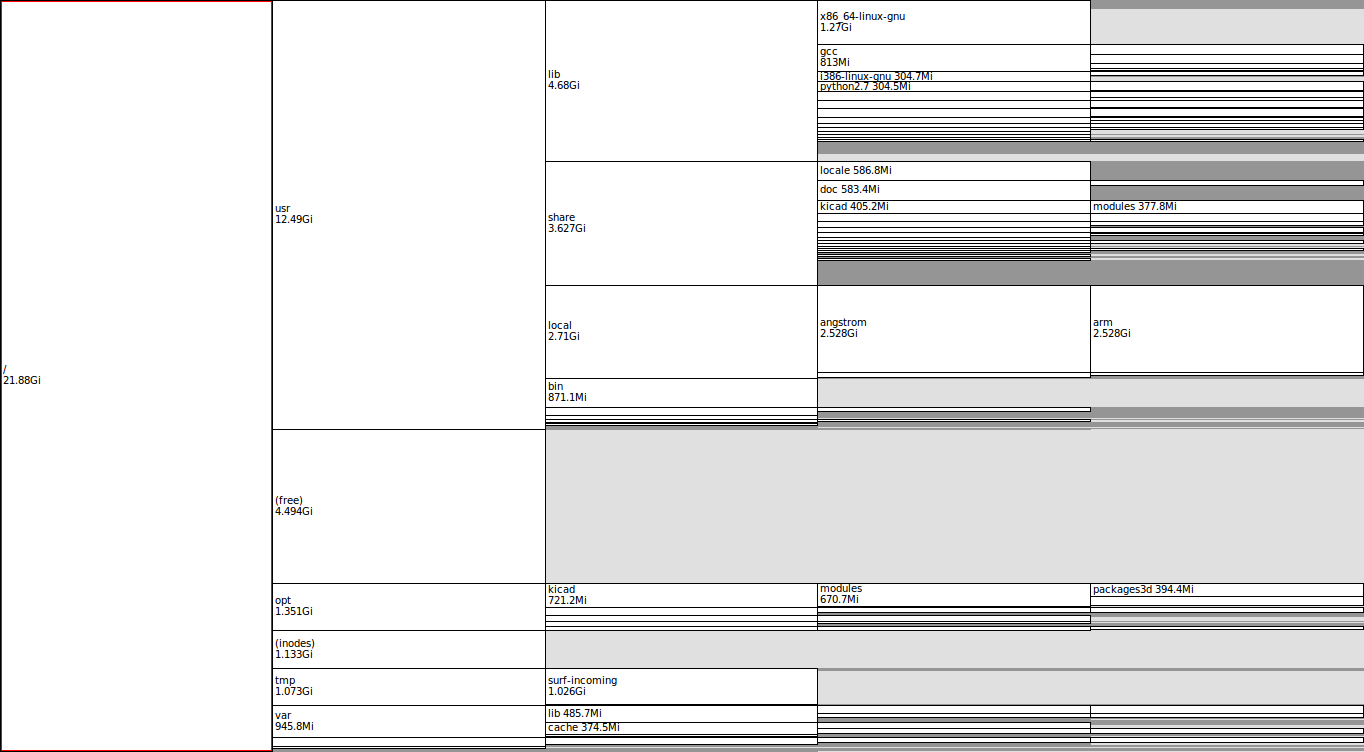Would you get more options from going to 2GB eMMC? No, you would get less. You would save some €'s but it would hamper _the whole device_. Just like most other increases in space on the I/O level. But also in operation. And also you enable more possibilities by going up, that means more options.
Not everyone has a lot of cash to burn on a handheld, and bigger eMMCs can get quite expensive, therefore leading to the base unit costing a lot. A user with very limited money would just be able to either get the base unit with 256GB or nothing, while with a 16GB eMMC, he'd have the option to spend that extra money or not and could even (within limits) choose how fast this extra memory needs to be.
Sweetspot means something. If you read my posts you wouldnt have to make up arguments like "because it would fit me better" If you read my older posts you would know I absolutely support modularity. Because it means less returns, more choice, and longer product-life.
I especially get that you can be quite the elitist and would pay 1000€ for a device with a single-wide keyboard. While that might give you more options, most people couldn't even afford to pay that much for a mobile device and would only have one option: Not to buy it.
I wouldnt be so much about choice if it didnt make so much sense, as in 10€ to pay for twice the storage, potentially a more responsive system, is a no-brainer. The only question is who is going to pay for it. Rarely did "open-source", the meaningless term, miss the point as much.
I have to admit, 10€ more for a doubled internal memory would be cool, eventhough I don't believe in it being faster when paired with the OMAP5, not before I see hard proof for that. But for the extra space alone this should be worth the money.
Most SD-cards are garbage.
(Spoiler)
If you rely on users putting partitions on SD-cards you lose regular users. And overall, the performance will not only just suffer the ideal case, it will for the most part be swing-and-miss.
That's actually quite interesting, eventhough I think people nowadays understand that buying SD cards from eBay is most times a scam. I've actually not had too many problems with branded SD cards from official distributors, except for partitioning with Windows and some speed restrains I knew about beforehand. Also, Kingston SD cards generally suck.
Rarely did "open-source", the meaningless term, miss the point as much.
You're absolutely correct, I didn't think too much about it before writing. Sorry about that, it normally annoys me, too, if people just throw these terms around.
Edit: Keep it simple. Regular users dont use that much space, and are dependent on there being no hackery. If we look beyond ourselves, there are lots of different users who may want a pyra.
Blind users (keyboard and sound), photographers (dual fullsize SD), Big or difficult to drive headphones audio listeners (will pay anything), journalists (can edit and send in the field (the field is not a table you can sit down on with your laptop, nor is a phone a tool for the job)
Think about how many industry jobs virtualize some company image, or just want a thin-client.
Selling lots of pyras+spares all of a sudden makes 1000 units seem like a small number.
While I can't say anything about blind users and journalists, audiophiles don't tend to buy a mini laptop just for audio, but probably go for dedicated mobile audioplayers and don't want to pay for USB ports, a GPU, HDMI, a dual-core CPU and a big display they wouldn't use for their purpose while photographers don't want to pay 500€ for a device that doesn't run Photoshop and Lightroom, but is just good for dumping their .raw versions. And that's a problem in most industries: They often depend on software that doesn't work in Linux and if it does, it's not compiled for ARM.
Let's face it, this is a niche device for hobbyists. Yes, we can get a lot of different things on it, but if you're a professional of any field you don't usually use such a multi-purpose device. On these forums, it has often been compared to a swiss army knife that's not perfect in any field, but a good mobile multi-purpose device, and I like this comparison and want such a device and hope to use it for my job. But I don't specifically buy it for that.



